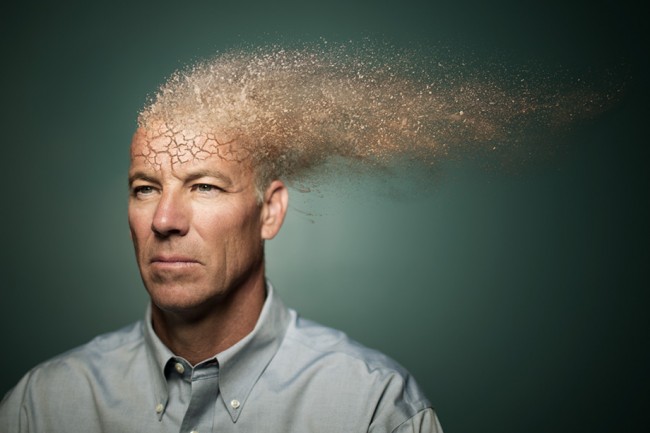Each year, nearly 800,000 people experience a new or recurrent stroke. We are spreading the word about B.E. F.A.S.T.—a simple tool anyone can use to diagnose a stroke by identifying the most common symptoms.
Do you know how to identify the symptoms of a stroke? Knowing what to look for could help you save a life, including your own. Stroke is the leading cause of disability in America and the number one reason for nursing home admissions. Stroke is also the fifth-highest cause of death in the U.S. — a person dies from a stroke every four minutes.
When a stroke hits, every second counts. Time is brain: A few minutes can mean the difference between a full recovery and severe disability—or even death. When a stroke occurs, there is a lack of blood flow to the brain, and brain cells begin to die within minutes. If you even think it’s a stroke, it’s time to B.E. F.A.S.T.
When you suspect you or a loved one is experiencing a stroke, remember:
- B = Balance: Is the person experiencing dizziness or loss of balance?
- E = Eyes: Does the person have blurred vision, double vision, or a lack of vision in one or both eyes?
- F = Face drooping: Ask the person experiencing symptoms to smile. Is one side of their face drooping?
- A = Arm Weakness: Tell the person to close their eyes and raise their arms above their head. Is the person unable to lift one or both arms?
- S = Speech Problems: When the person speaks, is their speech slurred, or are they having issues speaking or understanding words?
- T = Time to call 911: If the person is experiencing any of the above signs, time is critical. Call 911 immediately and get to the nearest stroke center.
Additionally, the victim may suffer these other common symptoms:
- Difficulty walking, lack of coordination
- Sudden, severe or explosive headache
- Sudden numbness or weakness of the face, arm, or leg—particularly on one side
Although knowing the symptoms of an attack is significant in the fight against stroke, prevention is a much better way to defend yourself.
A higher risk of stroke includes the following risk factors:
- Heart disease
- High blood pressure
- High cholesterol
- Diabetes
- Obesity
- Smoking
- Prior stroke
- Family history of stroke
The Erlanger Southeast Regional Stroke Center is one of the largest stroke centers in the nation and a world leader in interventional care. Learn more about our 24/7 stroke coverage, clinical trials, and advanced treatments, as well as patient success stories.







